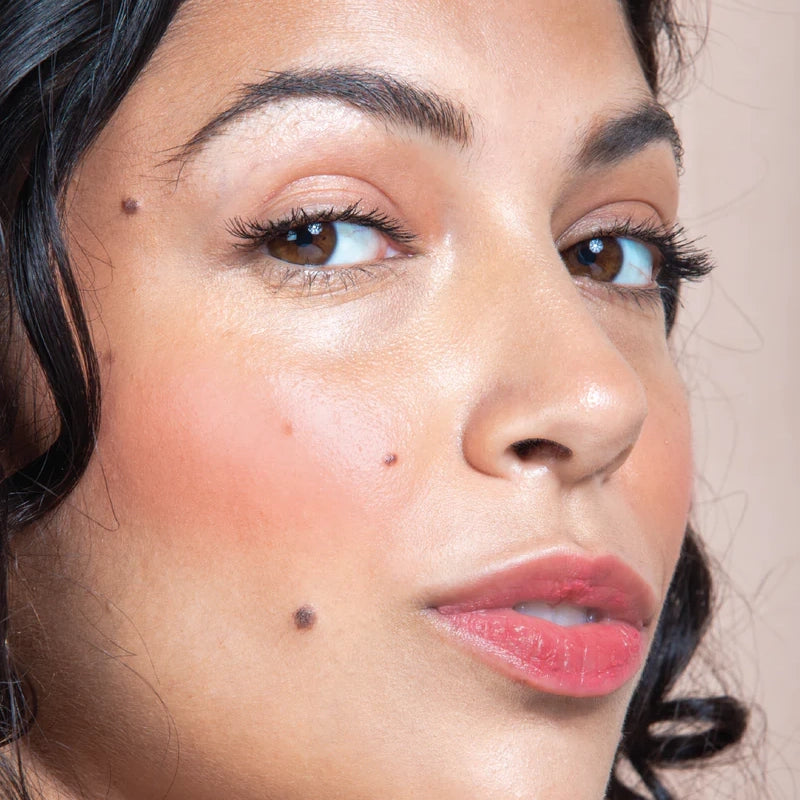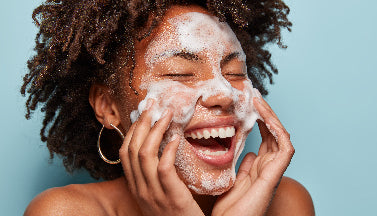
How to Colour Correct like a Pro
Concealers work wonders on their own but sometimes give us ashy clown faces. Wonder why? If there is too much discolouration on the face then concealers alone won’t do the trick. What you need is a magic wand and that wand is of colour correctors!
Long story short, colour correctors are basically coloured concealers. Simple. If you’ve learnt the colour wheel then you know that colours opposite to one other on the wheel cancel each other out. That’s the science behind colour correcting. Colour correctors are available in a variety of colours, generally pastels used to cancel out discolorations and blemishes on the face.
Coming to the age-old question of “Which colour corrector should I use?”. Read on for a full breakdown of each shade.
- Orange Corrector
What it does – lifts blueish undertones such as of dark circles
Where to apply- under eye dark circles, dullness around the mouth
Works best on- Deep/ dark skin tones

- Peach Corrector
What it does – slightly lifts blue/grey undertones
Where to apply- under eye dark circles, dullness around the mouth
Works best on- fair to medium skin tones

- Yellow Corrector
What it does – cancels pink hues and subtle redness. Hides bruises with purple undertone
Where to apply- broken capillaries, mild redness, corners of the nose
Works best on- fair to medium skin tones

- Green Corrector
What it does – cancels out redness
Where to apply- acne, blemishes, rosacea, redness
Works best on- fair to medium skin tones. Tends to look ashy on dark and olive skin tones.

- Lavender/Purple Corrector
What it does – lifts dull complexions and sallowness
Where to apply- areas that need brightening such as cheeks, forehead, chin
Works best on- All skin tones

When to use a colour corrector?
If that’s a question that pops up in your mind then remember this- corrector first, then foundation and lastly, concealer.
Master the art of colour correcting and you’ll have the most flawless complexion in town!
Article by Ananya Jain
xoxo,
Team Gush
 Gift Sets
Gift Sets
 Fragrances
Fragrances
 Whip Lush
Whip Lush

 Eye Like Options
Eye Like Options Glow Getter
Glow Getter Play Paint
Play Paint Dart Its
Dart Its Stacked In Your Favour
Stacked In Your Favour Bundles
Bundles
